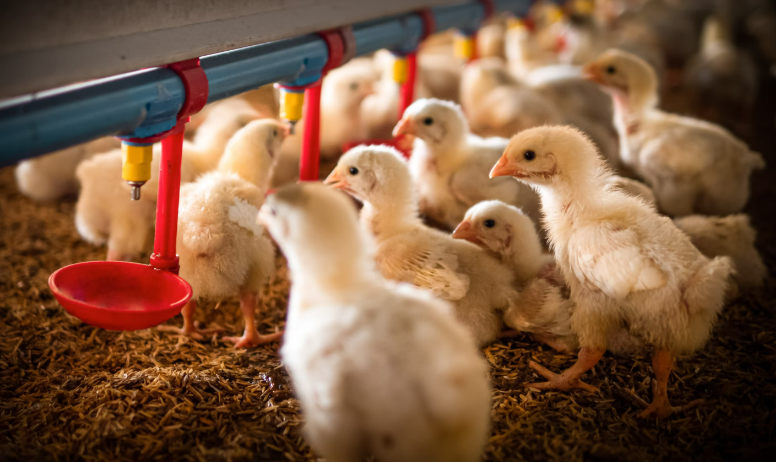CDC: Vigorous Response to Bird Flu Outbreak Despite Low Public Risk

More cattle herds hit by bird flu, second human case detected
The US Centers for Disease Control and Prevention (CDC) reported a growing number of cattle herds affected by bird flu in the United States, leading to only the second known human case in the nation. While there has been no human-to-human spread in the US, sporadic cases of people sharing the bird flu virus have occurred in other parts of the world, prompting the CDC to closely monitor the situation. Given the potential for viruses like H5N1 to mutate and pose a greater threat to humans, the CDC remains vigilant.
Dr. Nirav D. Shah, the CDC’s principal deputy director, emphasized that the overall risk for the general public remains low, but underscored the seriousness of the situation. The recent case in Texas, where an individual had exposure to dairy cattle presumed to be infected, highlighted the need for heightened vigilance. Despite the mild nature of the case, bird flu can cause severe illness and even death in humans.
The CDC and its local public health partners have been actively monitoring individuals who may have interacted with infected herds and are showing symptoms of bird flu. Testing is prioritized for those with potential symptoms to avoid false positives. Although only one out of about 15 tested individuals was positive for the virus, the CDC remains vigilant.
The Texas patient’s symptoms, notably red eyes, were atypical for bird flu, which more commonly presents with a cough, fever, or shortness of breath. However, given the evolving nature of the situation, testing is being expanded to include more individuals with symptoms and exposure to infected herds.
Treatment for the Texas patient involved antiviral medication commonly used for flu viruses, and the individual was placed in isolation. While the virus strain recovered from the patient matches that found in sick cows and circulating in birds, no changes have been observed in the genome that would affect the effectiveness of vaccines or antiviral drugs.
The recent discovery of bird flu in dairy cows in Texas and New Mexico highlights the ongoing threat posed by the virus. With multiple herds affected across several states, efforts to contain and monitor the spread of bird flu remain a top priority for public health officials.
Bird flu hits millions of poultry, spreads to cattle
The CDC revealed that since the onset of the bird flu outbreak in January 2022, over 82 million poultry across 48 states have been affected. Additionally, cases have been detected in 9,253 wild birds, though the actual number could be higher. Notably, the virus has expanded its reach to include various mammals, such as baby goats, ducks, geese, deer, and more.
Dr. Thomas Inglesby from the Johns Hopkins Center for Health Security expressed concern about the virus spreading to cows, marking a significant development. He emphasized the need to investigate such changes thoroughly to ensure they are not isolated incidents. Despite its ominous name, “highly pathogenic avian influenza,” Shah reassured the public that it primarily affects birds and does not pose a significant threat to humans.
However, the virus’s impact on poultry remains severe, with high mortality rates observed among infected chickens and turkeys. The continued spread of the virus despite containment efforts has raised concerns among farmers, who often have to cull uninfected birds to prevent further outbreaks.
Recent cases in commercial poultry facilities in Michigan and Texas highlight the ongoing threat. Cal-Maine Foods, the nation’s largest egg producer, faces significant losses due to infected hens. While precautions are necessary for those working with sick birds, the general public need not remove bird feeders, as most songbirds do not carry bird flu viruses harmful to humans.
Regarding infected cows, special measures are taken to isolate and treat them, with a typical recovery period of seven to ten days. While the virus likely spreads through contact with wild migratory birds, cow-to-cow transmission cannot be ruled out, raising concerns about infected milk. However, pasteurization effectively eliminates the virus, ensuring the safety of dairy products.
Despite the limited impact on milk production and prices, the USDA and CDC remain vigilant, urging swift reporting of sick animals to contain the virus’s spread. The collaboration between government agencies, industry stakeholders, and public health departments is crucial in monitoring and addressing the evolving situation.